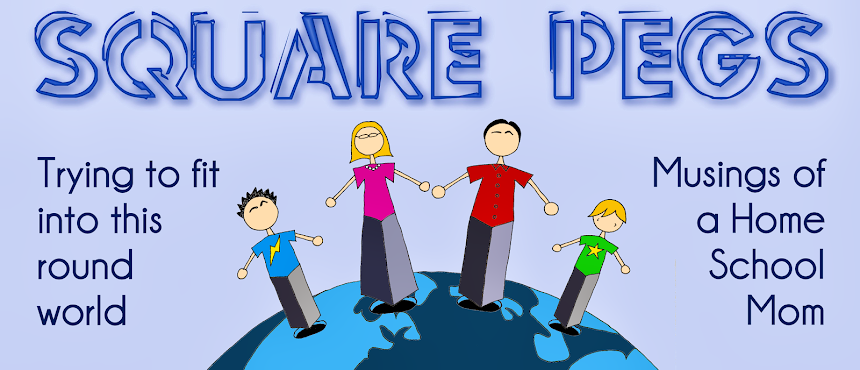Over time, though, as I became more comfortable with the process and more familiar with the requirements, I trimmed the fat, so to speak, on my IHIP form. Rather than writing a detailed description of what we planned to cover in every single subject, I deep-sixed the descriptions and simply listed the name of each subject, followed by the primary resource we planned to use to teach each of them.
This simplification saves a lot of time and makes it easy to use the same form year after year by just deleted the previous year's primary resources and replacing them with the new resources.
You can choose to do your IHIP either way, long or short, whichever suits your style best. Really all you need to include is your child's name, age, grade level, a list of the main resources you plan to use in each subject (a list of required subjects can also be found in the regulations), the dates you'll be submitting your quarterly reports, and the names of who will be teaching your child (i.e., you).
My school district sends us a form to fill out for the dates on which we'll submit our quarterly reports. I just use their form, because it's straightforward, and doesn't infringe on any of our home schooling rights (something that is important to me). You can choose any 4 dates you desire, but I find it simpler to use the dates suggested by the State (November 15th, January 30th, April 15th, and June 30th).
They also send a form for the entire contents of the IHIP, but, if your school does the same, you are NOT obligated to use it.
Here is what my IHIP looks like now:
INTRODUCTION:
We are creating an integrated, interest-based curriculum using a hands-on approach to learning. As such, materials and activities listed in one subject area may also apply to other subject areas. In addition, we believe that one of the great strengths of homeschooling is the flexibility to individualize the child’s learning experience so that skills and knowledge are learned at the time the child is most ready and motivated. In keeping with that belief, the materials we will use may include, but not be limited to, the following list as well as the resources listed under each subject heading below: reference materials (including atlases, dictionaries, maps, encyclopedias, non-fiction books, videos, DVDs, CDs, magazines, newspapers, and internet resources), classic and contemporary literature, workbooks, worksheets, journal/narrative/poetry writing, creative thinking, fact gathering, music, hands-on activities, experiments, projects, field trips, group activities, art supplies, free play, conversations, Christian Service Brigade (similar to Boy Scouts), and real life. We provide a rich and varied educational environment at home for Joe and also take advantage of the many library, community, and internet resources available.
ARITHMETIC: Primary Resources: Pre-Algebra by BJU Press.
ENGLISH (including Library Skills): Primary Resources: Wordly Wise 3000 by Kenneth Hodkinson and Sandra Adams; Research in Increments by Susan Kemmerer; Editor in Chief by The Critical Thinking Co.; The Great Library Scavenger Hunt.
HISTORY AND GEOGRAPHY: Primary Resources: From Adam to Us by Notgrass.
SCIENCE: Primary Resources: Exploring Creation with Physical Science by Apologia.
HEALTH EDUCATION: Primary Resources: Health in Christian Perspective by Abeka.
MUSIC: Primary Resource: Piano lessons, including lessons in music history and theory.
ART: Primary Resources: Artistic Pursuits for Junior High by Brenda Ellis.
PHYSICAL EDUCATION: Primary Resource: Daily outdoor play, seasonal activities (swimming, biking, hiking, snow sports), fitness education.
PRACTICAL ARTS: Typing, Life Skills. Primary Resource: Typing.com online typing tutor, DIY.org, as well as real life.
Primary instruction to Joe will be provided by his parents. Supplemental instruction will be provided by others, as necessary.
And that's it! Short, to the point, and meets all New York State's requirements.
If you have any questions, please feel free to leave them in the comments.
